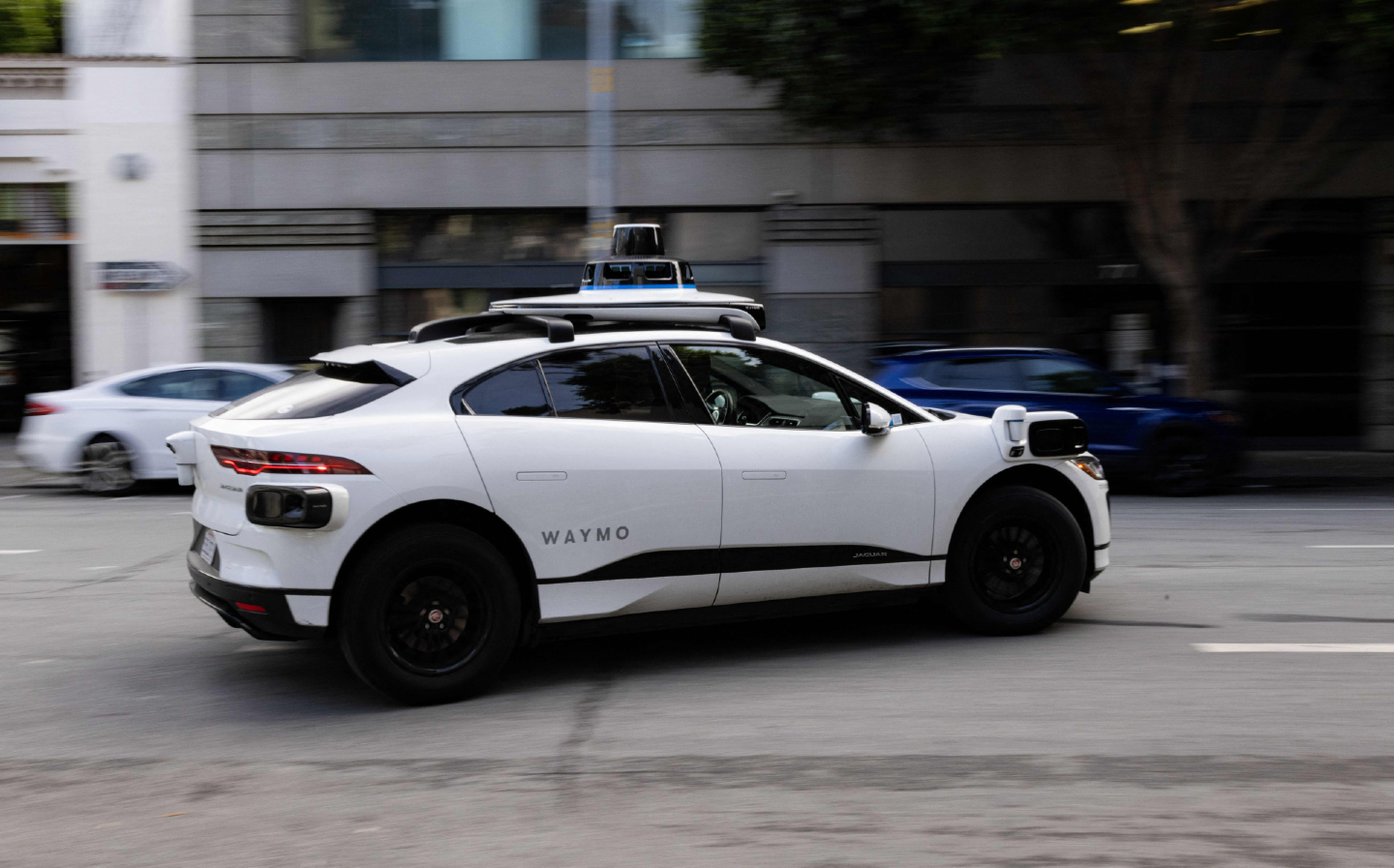After a Waymo was set on fire in San Francisco, is this the end of the road for self-driving cars? Don't bet on it
The crowds may be revolting but don't expect self-driving tech to be abandoned, argues Will Dron
The road to fully autonomous vehicles becoming mainstream has been a bumpy one, to say the least, but on Saturday it became a fiery one, too, when a crowd of people celebrating Chinese New Year in San Francisco stopped, vandalised and then set alight a Waymo robotaxi.
Waymo, which is owned by Google’s parent company Alphabet, has been operating in San Francisco since 2021, with the first driverless versions — with no human safety driver behind the wheel — available to the public from the following year. The company is more than a decade old, though, and claims to have racked up more than 20 million miles of real-world driving across Phoenix, Los Angeles and San Francisco.
Safety, it says on its website, is “urgent”, and “autonomous driving technology can save lives”. It points out that there were 42,915 deaths in the United States in 2021, and 2.5 million injuries.
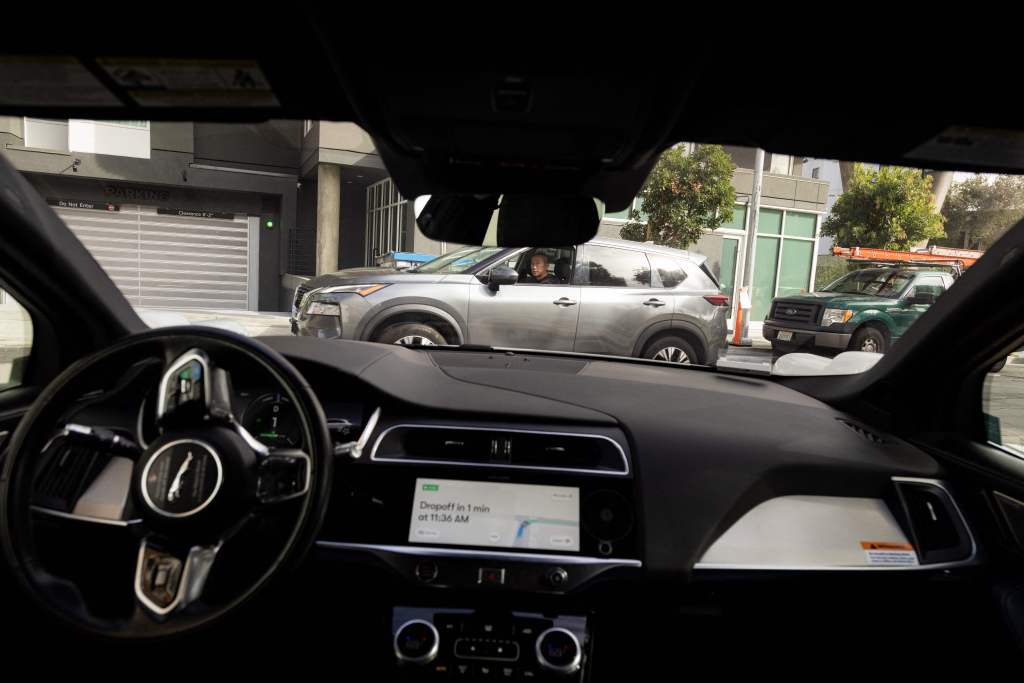
The solution, Waymo and other operators such as GM’s Cruise, argue, is self-driving cars. This is because computers never get tired, or emotional, or distracted. They don’t “drive angry”, and in theory have the capacity to spot hazards better than the human eye, as well as react to them faster. They should be able to learn quicker, too, thanks to connected computing via the cloud — all the scenarios encountered by one car instantly become part of the knowledge base of the others.
The problem is that this utopian vision isn’t quite the reality. When San Franciscans surrounded the Waymo Jaguar I-Pace at the weekend, forcing it to stop, then sprayed graffiti and started smashing its windows before someone set off a firework inside the car, they were doing so on the back of a number of high profile incidents involving self-driving cars.
The most distressing of these involved a hit-and-run driver knocking a woman into the path of a Cruise robotaxi, which then dragged her 20 feet (six metres) along the asphalt as it went to pull over. In the wake of the incident, in October last year, the state of California suspended Cruise’s testing licence and the National Highway Traffic Safety Administration launched an investigation. Cruise was accused of withholding evidence, which it denied.
Regardless, it led to the resignation of a number of Cruise executives, including co-founders Kyle Vogt and Dan Kan. The firm also suspended its driverless operations nationwide, recalling all 950 of its vehicles, and appointed a new chief safety officer.
Nearly a quarter of Cruise employees have been laid off as GM pulls back on some of the company’s funding, according to a report in The Verge.
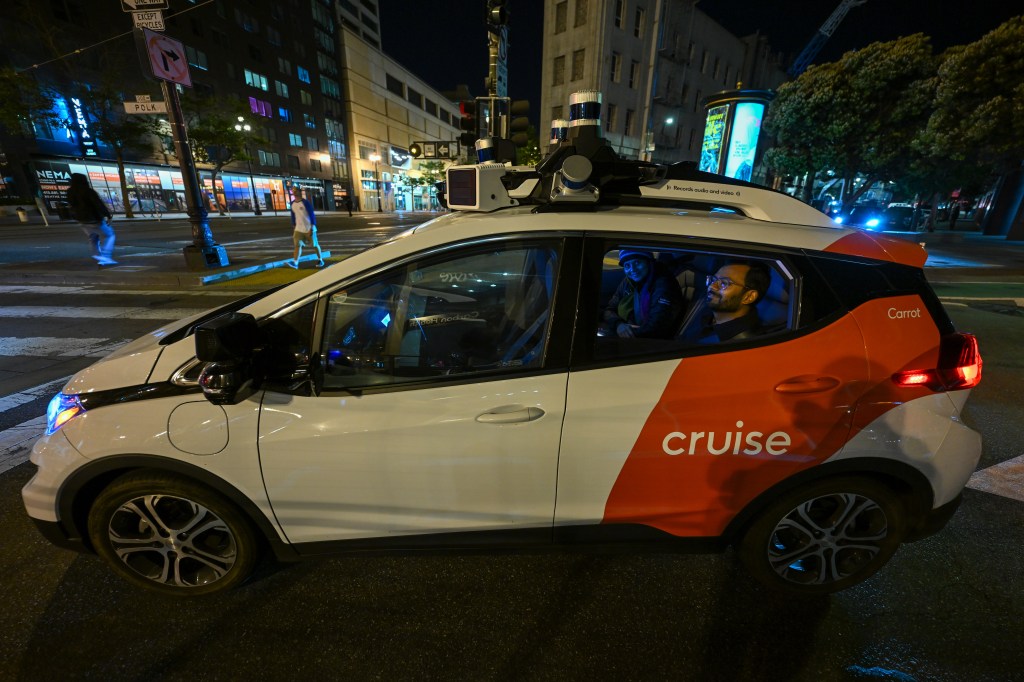
No doubt adding to the ire among residents of San Francisco was an incident last Tuesday in which a cyclist was hit by a Waymo vehicle. As per Reuters:
“Waymo said its vehicle was at a complete stop at a four-way intersection when a large truck crossed the intersection in its direction. At its turn to proceed, the Waymo car moved forward.
“However, the cyclist, who was obscured by the truck which the cyclist was following, took a left turn into the Waymo vehicle’s path. When the cyclist was fully visible, the Waymo’s vehicle braked heavily, but wasn’t able to avoid the collision, the company said.”
The California Department of Motor Vehicles (DMV) is reviewing the incident, Reuters added.
Another example included when a group of 10 Cruise vehicles came to a stop in the same street in North Beach last August, blocking the road and causing a traffic jam. This problem was put down to a music festival causing “wireless bandwidth constraints causing delayed connectivity to our vehicles,” according to Cruise. The incident came a day after the California Public Utilities Commission (CPUC), which regulates self-driving cars in the state, voted to allow Waymo and Cruise to expand their operations.
Other reports have claimed that emergency service vehicles have been blocked by self-driving cars in San Francisco, including one incident in which a patient died after their ambulance was delayed by a Cruise vehicle — something that the company denied was as a result of a road being blocked, providing video evidence to The Guardian.
Whatever the truth, and while in fairness many these incidents might equally have involved cars driven by humans, as a result of the mounting reports San Francisco residents have been growing increasingly wary of the self-driving vehicles on their streets.
And it seems that enough may be enough for certain Californian lawmakers who, according to a separate report Reuters published yesterday, are pushing for two bills to be introduced that would limit autonomous vehicle technology.
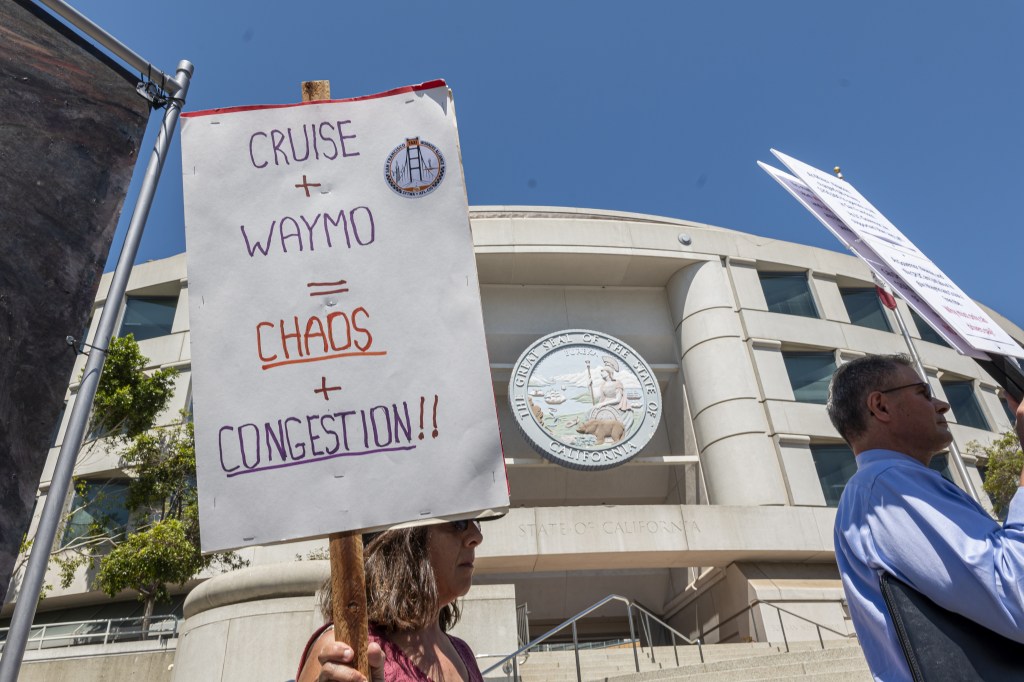
The first would require a trained human driver to be present behind the wheel of self-driving vehicles weighing more than 10,001 pounds (4,536kg), a classification that includes commercial trucks.
Because an earlier version of this bill was vetoed by California’s Democrat governor Gavin Newsom, who argued that the existing framework is enough to ensure safety, a second bill would allow individual cities to control permits for autonomous vehicle operators, rather than them being approved at state level.
“It’s a common sense measure that keeps humans on board a truck until we have a plan for our workers and we’re sure that tech bros aren’t jamming unsafe technology down our throats,” State Assembly member Cecilia Aguiar-Curry was quoted as saying.
Labour unions are also against robotaxis, for obvious reasons, and are backing the new bills wholeheartedly. Clearly there are many supporters in the voting population, too, some of whom are starting to take the law into their own hands.
Reuters noted that Cruise is facing multiple investigations, including one by the Department of Justice, while the Waymo incidents are being investigated by the San Francisco city police.
Which all begs the question, has the autonomous vehicle experiment crashed and burned already? Well, don’t count on it. Like it or not, the arguments for taking emotional, easily distracted, potentially tired humans out of the driving seat still stand.
And while I would consider myself a car enthusiast (you’d hope so!) even I would like the vehicle to take over driving sometimes; long motorway runs are so tedious that handing the responsibility to a computer would be a godsend, especially when I’m exhausted. Let’s not forget the going-to-the-pub scenario, either, nor running the kids to school; picking up grandma on Christmas day; and giving disabled people much-needed freedom. The potential benefits should be clear even to cynics and techphobes.
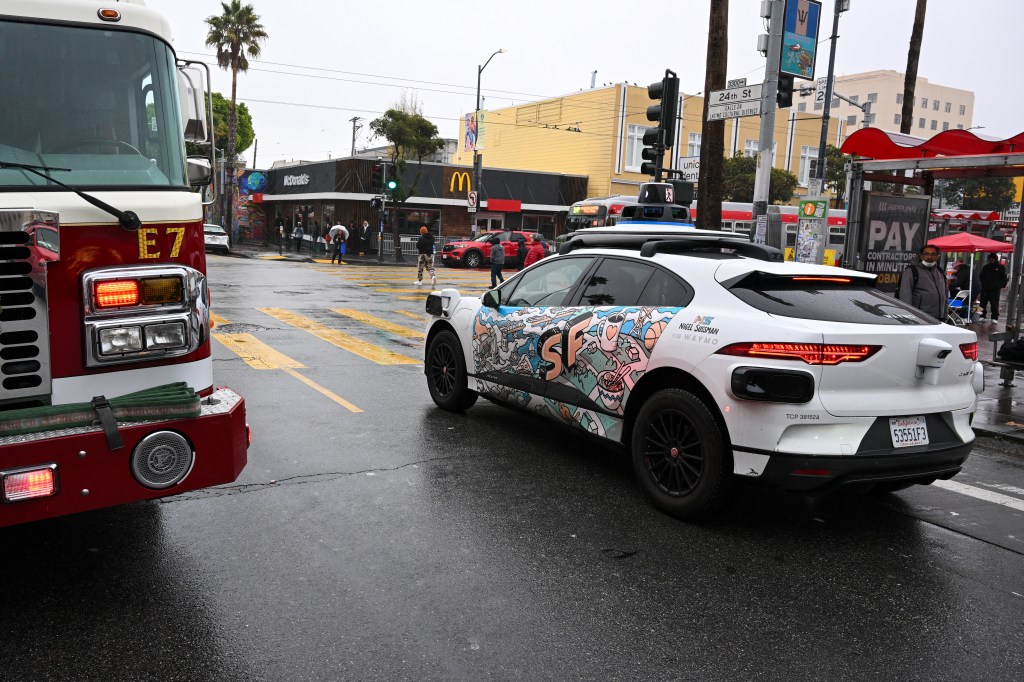
For the technology companies, of course, there’s the huge financial incentive. The autonomous vehicle industry could be worth £300-400 billion in revenue by 2035, according to a report by the McKinsey Center for Future Mobility. The likes of Alphabet and GM may be reining in activity temporarily but they’ll not want to throw the baby out with the bathwater.
The job for them is to convince the public that their technology is not just safe, but as close to perfection as possible. They also need to be open and honest about the vehicles’ limitations, and not try to run before they can walk. The path to fully autonomous vehicles proliferating our roads – across the world, not just in California – is likely to be longer than many predicted. But I’d argue that while the industry has just taken a step back, it’ll likely be followed by two steps forward.
Will Dron is editor of Driving.co.uk. You can find him on Bluesky.
Related articles
- If you are interested in this comment piece on self-driving vehicles, you might be interested in Apple scaling back its autonomous car ambitions, with its first model delayed to 2026
- What is a fully-autonomous car, and what are the five levels of self-driving vehicle?
- Two dead in Tesla crash linked to Autopilot semi-autonomous system
Latest articles
- Bedeo Defender 110 2024 review: Does electric Landie with in-wheel motors make for a perfect off-roader?
- F1 2024 calendar and race reports: What time the next grand prix starts and what happened in the previous rounds
- BYD Seal U 2024 review: Chinese brand adds plug-in hybrid SUV to its electrified line-up
- New Mini John Cooper Works revs up for Nürburgring 24-hour race debut
- Ineos Grenadier Quartermaster 2024 review: British pick-up is a tough mudder but too flawed to be a real workhorse
- Mini Cooper SE 2024 review: All-new electric hatchback is playing to the crowd
- Jeep Wrangler 2024 review: Impressive off road but you’d still have to be a committed contrarian to buy one
- Around 500 Ford workers in UK could go on strike over cost-of-living pay dispute
- Durham solar car team to take part in 24-hour race with smart tyres and night-driving solution


